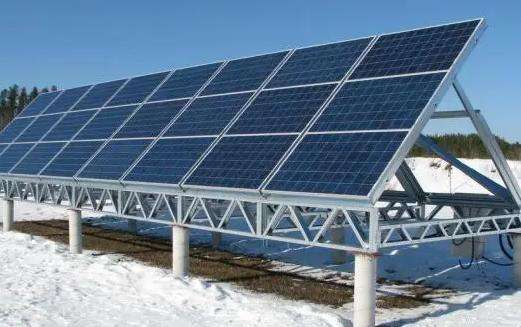Axial flow fan blades are usually airfoil-shaped. When the air flows in along the inlet end of the wing blade (attack angle α = 0°), it is divided into upper and lower airflows and flows against the airfoil. The airflow at the smooth "boundary layer" on the back and belly of the blade is streamlined. shape. There are two forces acting on the blades, one is the lift perpendicular to the blade surface, and the other is the drag force parallel to the blade, lift ≥ drag. When the direction of air flowing into the blade deviates from the inlet angle of the blade, it forms a positive angle of attack (α>0°) with the blade. When approaching a certain critical value (the critical value varies with different blade types), the airflow conditions on the back of the blade begin to deteriorate. When the angle of attack increases to a critical value, the boundary layer on the blade back is destroyed, and a vortex area appears at the tail end of the blade back, which is the so-called "stall" phenomenon. As the attack angle α increases, the separation point of the airflow moves forward, and the vortex area on the blade back expands from the tail end to the blade back, making the separation more serious, and even partial flow channel obstruction occurs. At this time, the lift force acting on the blade is greatly reduced, the resistance is greatly increased, and the pressure head is reduced.
The stall characteristics of the blade itself. When the wind speed is higher than the rated wind speed, the angle of attack of the airflow increases to the stall condition, causing vortices to be generated on the surface of the blade, reducing the aerodynamic efficiency of the blade and affecting energy capture. .














